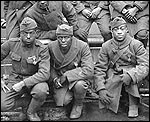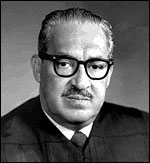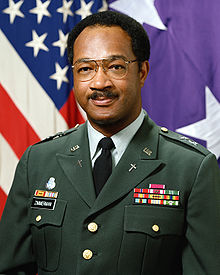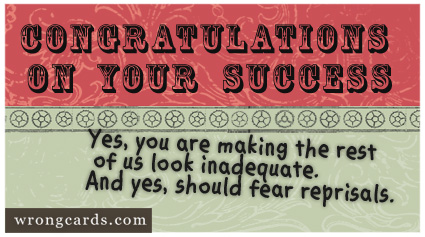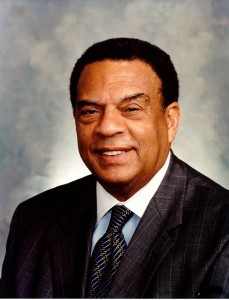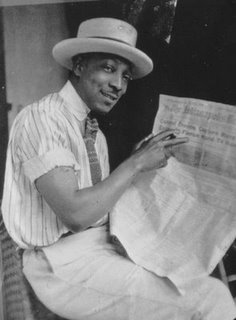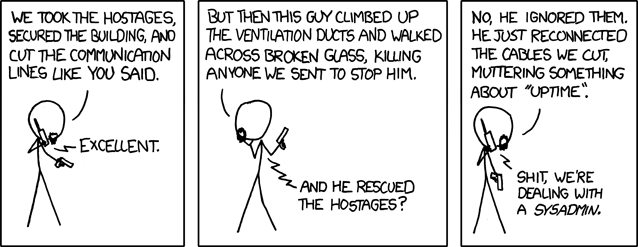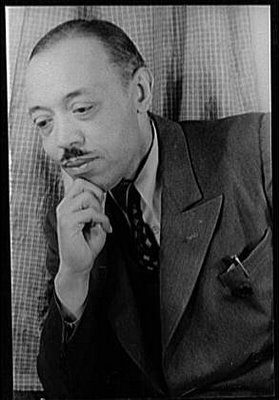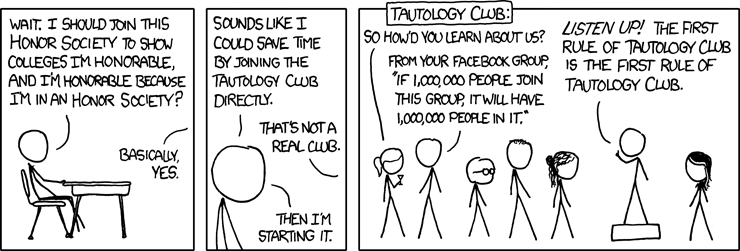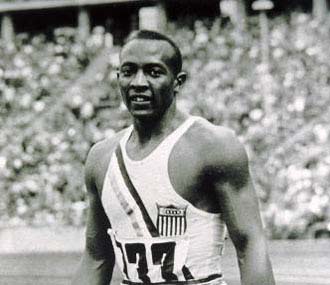Sunday – 14 February 2010
Happy Valentine’s Day.
…or Single Awareness Day.
…or Anti-Green Lantern Day.
Take your pick.
SaraRules got me a two cards, LEGO Batman for the 360 and Fringe (Season 1). Of the cards, one was your standard greeting card, the other was this:
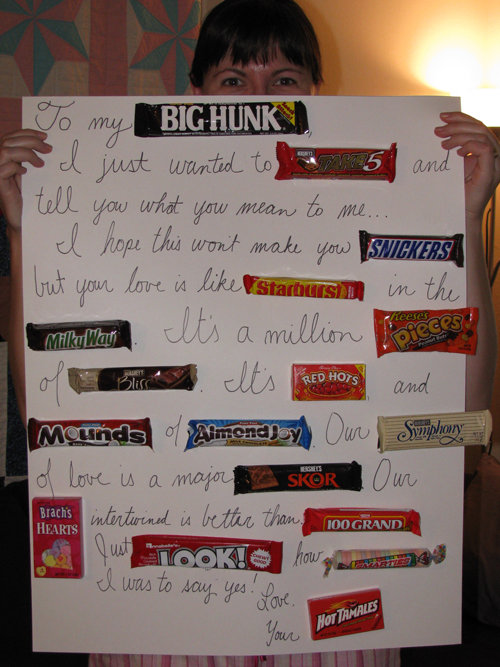
“Very sweet,” indeed.
Yesterday’s HeroClix tournament not only had a good turnout – three or four new participants and a young man who came to learn what the game was and how to play. After the game I ran up to Woods Cross to pick up one of SaraRules’ gift items:

…a cake that my friend Julie made. (The cake ends at the bottom row of flowers, but the fondant matches the paper used on the base.) We should be tackling part of it tonight after dinner.
After picking up the cake and running a couple of other errands, I came home and had dinner with SaraRules before she headed to the symphony hall. (Yes, she had to work for a bit last night.) Shortly after she left, Darillyn and Stephanie arrived. We sat and chatted for a couple of hours until SaraRules got home; then Darillyn and Stephanie headed out to go dancing. SaraRules and I watched Tales of the Black Freighter and Zombieland.
This morning, we all slept in. Very in. 1130 – 1200 in. And it was good. I fixed coffee; SaraRules made waffles. We sat around and ate and then showed D and S the wedding, engagement and bridal photos. After they got showered and dressed, D and S headed off for more adventures before heading back to southern Utah.
Chew on This: Food for Thought – Black History Month
Today, there will again be two entries:
The Nicholas Brothers
The Nicholas Brothers were a famous African-American team of dancing brothers, Fayard (1914–2006) and Harold Nicholas (1921–2000).

The Nicholas Brothers grew up in Philadelphia, the sons of musicians who played in their own band at the old Standard Theater He was completely fascinated by the black Vaudeville acts and imitated their acrobatics and clowning for the kids in his neighborhood. Harold watched and imitated Fayard until he was able to dance too, then apparently, he worked his own ideas into mimicry.
It seems that the Nicholas Brothers were immediately successful. Word soon spread through the city about their ingenuity and unique dancing abilities, and they were first hired for a radio program, “The Horn and Hardart Kiddie Hour”, and then by local theaters, like the Standard and the Pearl. While at the Pearl Theater, the manager of the famous New York Vaudeville Showcase, The Lafayette, saw them. Overwhelmed by what he saw, he immediately signed them up for his theater.
From the Lafayette, the Nicolas Brothers opened at the Cotton Club in 1932 and astonished their white audiences just as much as the residents of Harlem, slipping into their series of spins, twists, flips, and tap dancing to the jazz tempos of “Bugle Call Rag”. They were the only entertainers in the African American cast allowed to mingle with white patrons. They performed at the Cotton Club for two years, working with the orchestras of Lucky Millinder, Cab Calloway, Duke Ellington and Jimmy Lunceford. The Nicholas Brothers then journeyed to Hollywood in 1934 to appear in the films “Kid Millions”, “The Big Broadcast” (1936), and “Black Network”.
By 1940, they were in Hollywood and for several decades alternated between movies, nightclubs, concerts, Broadway, television, and extensive tours of Latin America, Africa, and Europe.
The Nicholas Brothers taught master classes in tap dance as teachers-in-residence at Harvard University and Radcliffe as Ruth Page Visiting Artists. Among their known students are Debbie Allen, Janet Jackson, and Michael Jackson. Several of today’s master tap dancers have performed with or been taught by the brothers.
N.A.A.C.P.
The National Association for the Advancement of Colored People (N.A.A.C.P.) is one of the oldest and most influential civil rights organizations in the United States.

The NAACP is the nation’s oldest, largest and most widely recognized grassroots–based civil rights organization. Its mission is “to ensure the political, educational, social, and economic equality of rights of all persons and to eliminate racial hatred and racial discrimination”. The organization was founded on February 12, 1909 by a diverse group composed of W.E.B. Du Bois, Ida B. Wells, Archibald Grimké, Henry Moscowitz, Mary White Ovington, Oswald Garrison Villard, William English Walling (the last son of a former slave-holding family), and Florence Kelley, a social reformer and friend of Du Bois.
The Race Riot of 1908 in Lincoln’s hometown of Springfield, Illinois had highlighted the urgent need for an effective civil rights organization in the U.S. This event is often cited as the catalyst for the formation of the NAACP. Mary White Ovington, journalist William English Walling and Henry Moscowitz met in New York City in January 1909 and the NAACP was born. Solicitations for support went out to more than 60 prominent Americans, and a meeting date was set for February 12, 1909. This was intended to coincide with the 100th anniversary of the birth of President Abraham Lincoln, who emancipated enslaved African Americans. While the meeting did not take place until three months later, this date is often cited as the founding date of the organization.
The NAACP’s headquarters are in Baltimore, Maryland, with additional regional offices in California, New York, Michigan, Missouri, Georgia and Texas. Each regional office is responsible for coordinating the efforts of state conferences in the states included in that region. Local, youth, and college chapters organize activities for individual members. The NAACP is run nationally by a 64-member board led by a chair. The board elects one person as the President and chief executive officer for the organization.
Its more than half-million members and supporters throughout the United States and the world are the premier advocates for civil rights in their communities, conducting voter mobilization and monitoring equal opportunity in the public and private sectors.
Stray Toasters
- SaraRules and I are continuing our nominal tradition of eating dinner at Brazilian steakhouses on Valentine’s Day with a trip to Rodizio Grill.
- I’ve missed doing Four-Color Coverage over the past few months, but haven’t wanted to load up Random Access with all of my rants and raves about comics and all things comic-related. So, last night, I finally came up with solution: Four-Color Coverage.
- In setting up the new blog for FCC, I placed a call to my hosting provider, Powweb. I’ve been with them for… five or six years, I believe. I wanted to verify a pricing and data plan issue that I didn’t quite grok. The CSR explained where I had misunderstood something in the setup and was quite helpful in making sure that I was satisfied with my service… even to the point of offering to change my payment plan, if necessary. I assured him that it wasn’t necessary, but appreciated the willingness to go that extra mile. If you’re looking for a decently-priced host with good features, give them a look.
Time to head to dinner!
Namaste.




